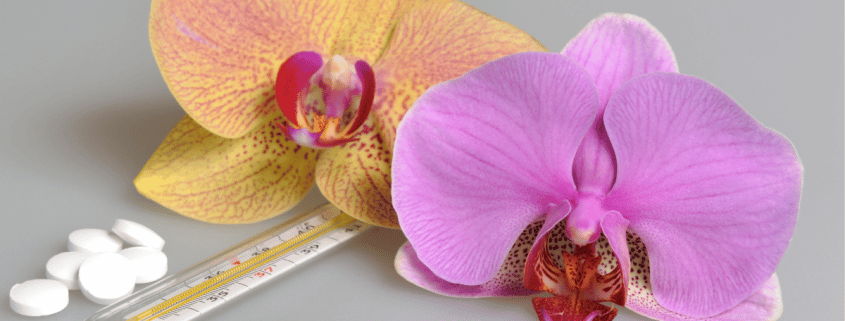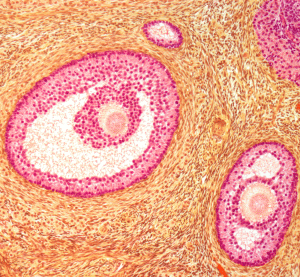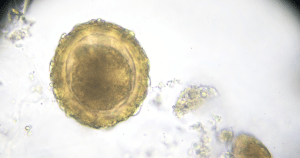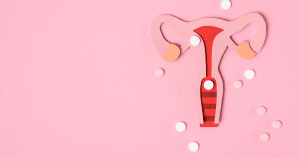Symptoms of Hyperovulation – What is it? How Common &
We all know that once every cycle, ovulation occurs: the process where one of your ovaries releases an egg, which can then be fertilised by sperm.
However, sometimes, more than one egg can be released in a process called hyperovulation!
But what is hyperovulation? What causes it?
In this article, we will answer those questions and more!
- What is Hyperovulation?
- How Common is Hyperovulation?
- What Causes Hyperovulation?
- What Factors Can Increase Your Chances of Hyperovulation?
- What are the Symptoms of Hyperovulation?
What is Hyperovulation?
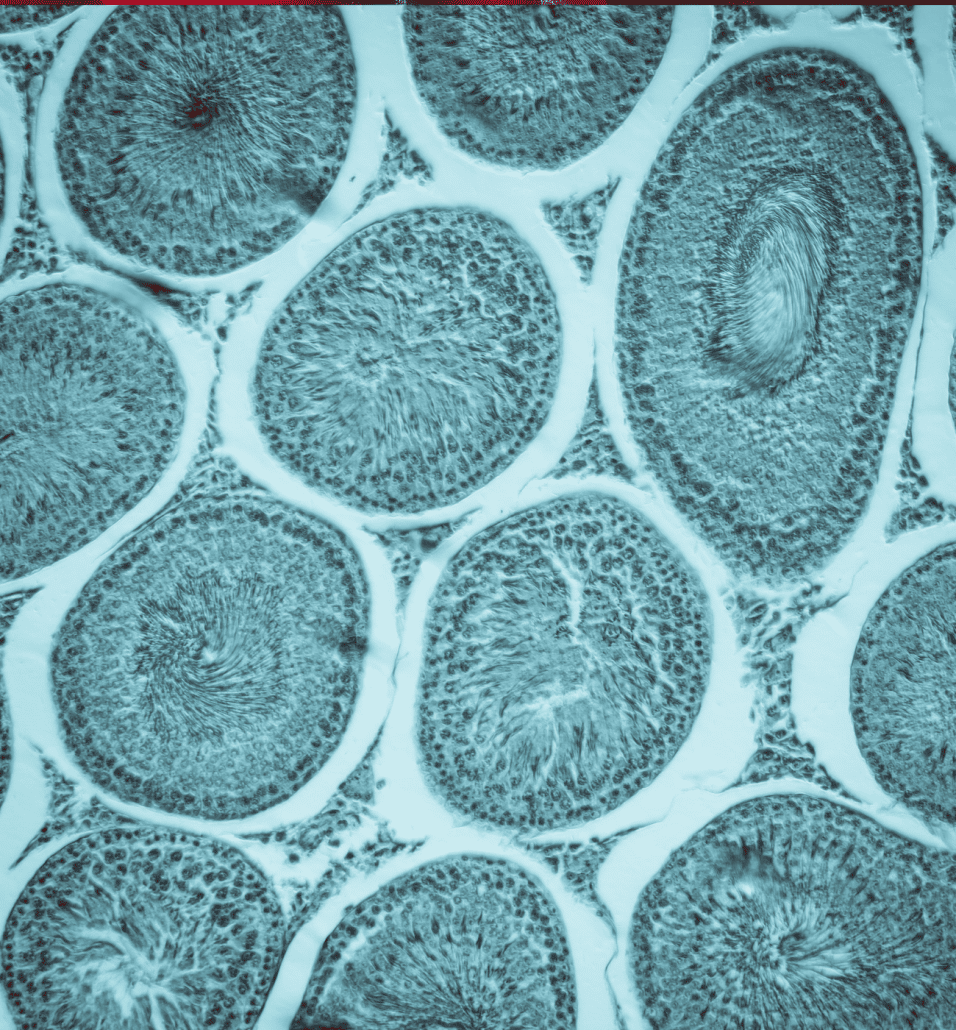
Every menstrual cycle, one of your ovaries releases an egg, in preparation to be fertilised so pregnancy can begin. This process, as you likely already know, is called ovulation.
However, in some cases, multiple eggs can be released from either one or both ovaries- in a process called hyperovulation– also known as multiple ovulation.
Does Hyperovulation Cause Twins?

Hyperovulation can lead to the conception of multiple babies. It is the most common reason why fraternal twins are conceived (without the involvement of fertility treatments!) Any where from 20 to 30 percent of successful IVF treatments result in twins.
Hyperovulation is not the only way to conceive twins: identical twins are formed when one egg is fertilised and splits, creating two fetuses with the same DNA. Identical twins are not produced with hyperovulation. In other words, twins happen naturally.
How Common is Hyperovulation?
It is difficult to determine the exact rate of occurrence of multiple ovulation, as it often goes unnoticed!
However, there are several studies that have been performed to determine how common it is to ovulate more than one egg per cycle (or hyperovulate).
One 2006 study showed that 31% of women had at least one occurrence of hyperovulation.
What Causes Hyperovulation?
First, in order to understand what causes multiple ovulation, we must understand how ovulation works!
Every menstrual cycle, a hormone called the follicle-stimulating hormone (FSH) physically stimulates the growth of follicles, which are responsible for producing the mature eggs that are released every cycle.
After a week, FSH levels begin to fall, and only the most developed follicle (called the dominant follicle) is able to survive the reduction in hormone levels.
The dominant follicle then begins to release estradiol, a hormone that causes an increase in luteinizing hormone (LH), which leads to an egg being released (ovulation).
However, in some cases, more FSH is released than usual or does not diminish after a week, resulting in the production of more than one follicle and egg. This can cause hyperovulation.
What Factors Can Increase Your Chances of Hyperovulation?
Genetics
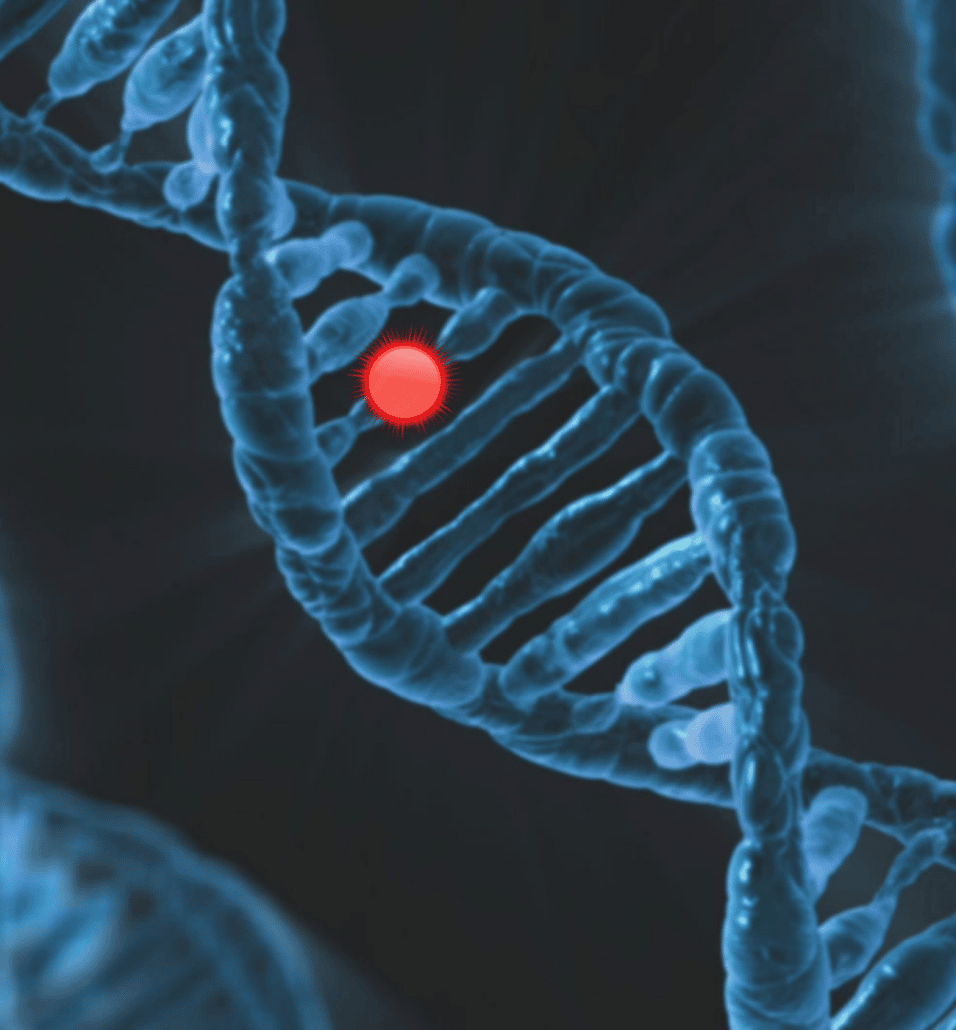
Some people naturally have a higher level of FSH or release FSH more often than others, due to their genes. This means that in any menstrual cycle, more than one dominant follicle
Age

Age is a factor that has been shown to be associated with a higher chance of hyperovulation.
If you are over the age of 30, you are more likely to hyperovulate, as with age your FSH levels rise.
This can cause the production of more than one dominant follicle and the release of multiple mature eggs!
Fertility Treatments
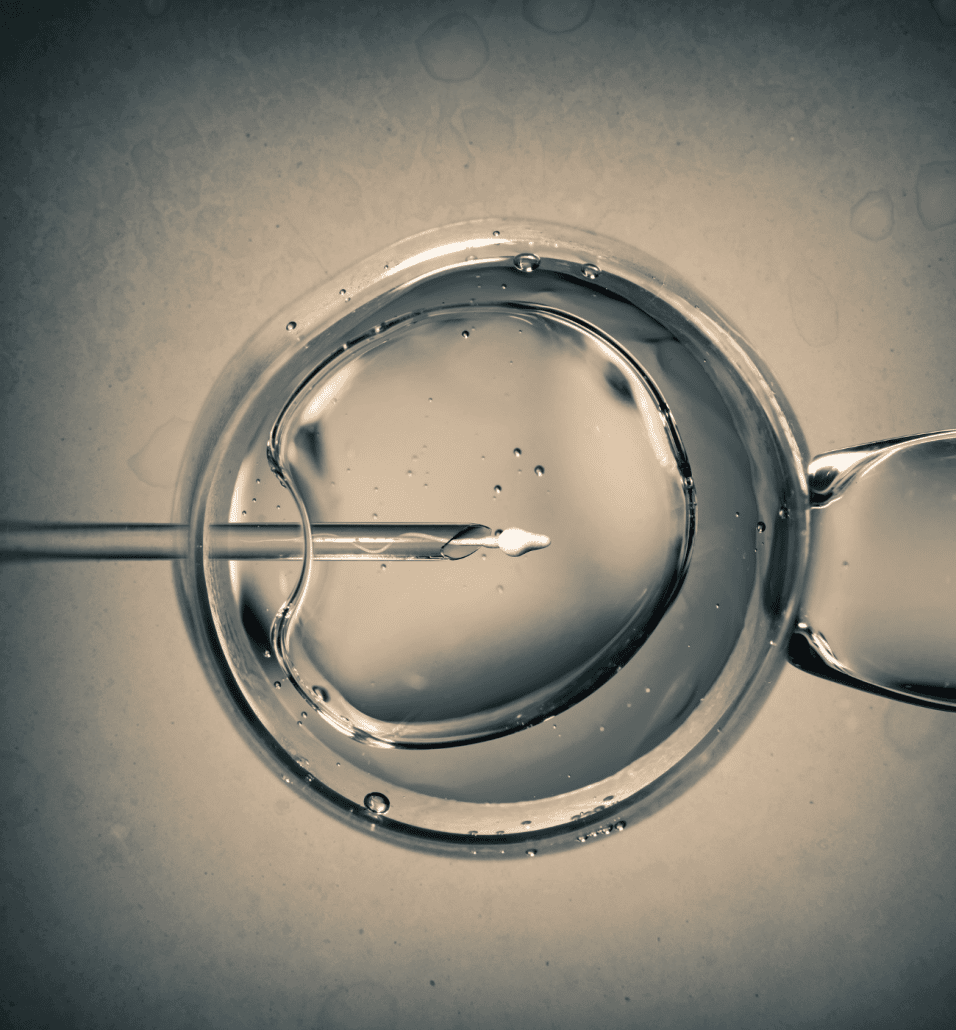
If you are undergoing a fertility treatment, it may increase your chances of hyperovulation.
Fertility medications which are used to trigger ovulation often causes the release of more than one egg.
Stopping Birth Control
As you likely know, after stopping birth control, it can take some time for your hormones to “even back out”, and your menstrual cycles may be very irregular for up to a few months.
Some options, such as the pill and ring, work by suppressing the production of the FSH hormone, which is responsible for the development of follicles.
After stopping these options of birth control, thus removing the “block” in production of FSH, your FSH hormone is able to begin being produced as it normally would again.
However, sometimes removing this “block” can be likened to opening some floodgates, behind which is the FSH, meaning that not only will your body produce its usual amount of FSH, but it will produce much more too!
This increase in FSH can cause the production of more than one dominant follicle, leading to the release of more than one egg, or hyperovulation.
Natural Remedies

Some natural remedies containing certain herbs and medicines, such as cassava, have been thought to increase the chances of hyperovulation in some women.
Medical Issues
Certain medical conditions, such as Polycystic Ovary Syndrome (PCOS), cause missed periods. These missed periods can then be followed by cycles in which multiple eggs are released.
Multiple Pregnancies
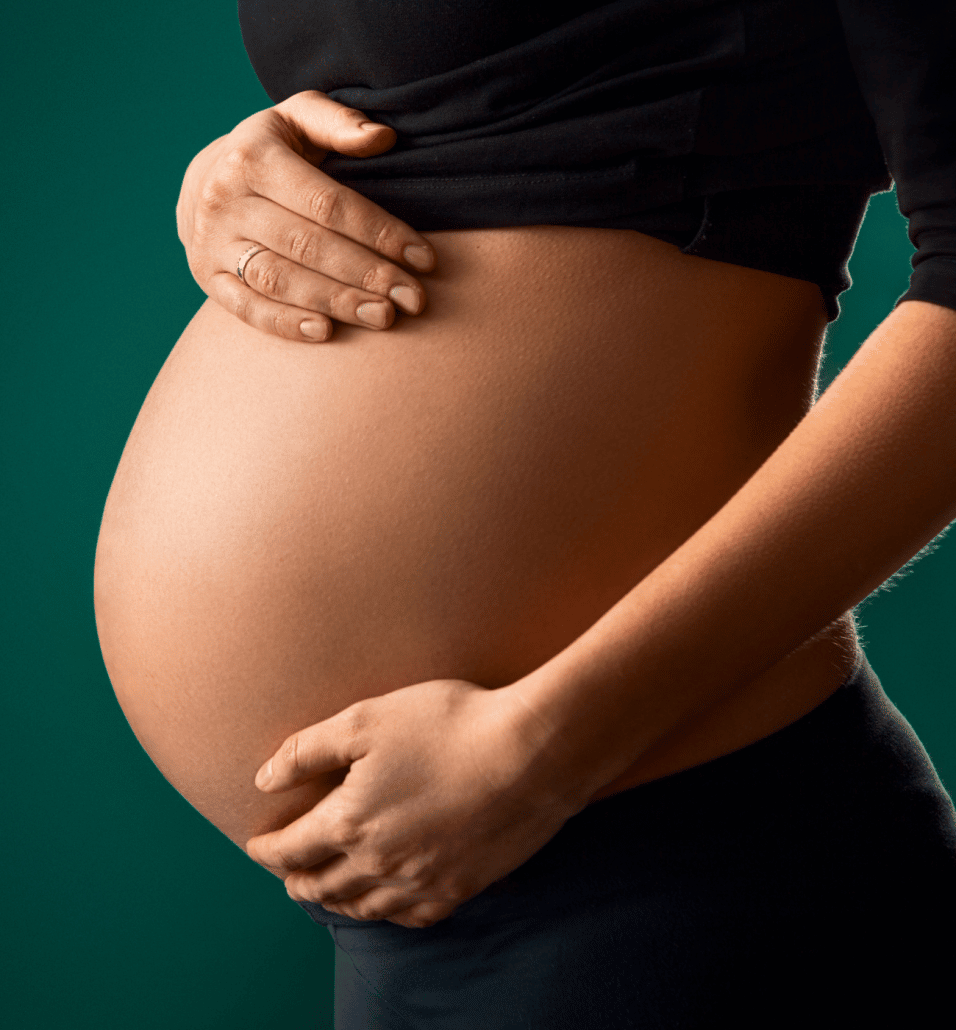
Having more than one baby has been known to increase your chances of hyperovulation occurring.
What are the Symptoms of Hyperovulation?
It can be very hard to determine whether or not you are experiencing hyperovulation, as the symptoms of hyperovulation are usually the same as the symptoms of ovulation.
However, some women have reported experiencing the following symptoms when they hyperovulated:
Fertile Discharge Several Days Apart
Our vaginal discharge can tell us a lot about our bodies, including things like whether we have a vaginal infection, or if we are ovulating.
Fertile vaginal discharge, also called egg white discharge, is an indication that you are ovulating and that you are in your fertile window. Egg white discharge can be described as being:
- Thin
- Slippery with the consistency of raw egg whites
- Transparent or white
- Odourless
Egg white discharge typically lasts for around four days.
However, with hyperovulation, some women reported that they experienced two days of fertile discharge, followed by a two-three day break, followed by two more days of fertile discharge.
The thick, creamy discharge after ovulation is harmful to sperm, and indicates that the fertile window is over.
An Increase In Cervical Mucus
Further on the topic of discharge, some women reported experiencing more cervical mucus than usual when they experienced hyperovulation.
This is due to the increased levels of FSH.
More Ovulation Pain

Finally, some women reported experiencing more ovulation pain during hyperovulation, as compared to their usual ovulation symptoms.
If you are unfamiliar with ovulation pain- also known as Mittelschmerz (which translates to “Middle Pain” from German)- it is a lower abdominal pain that occurs on one side (usually the side that the egg was released from), due to ovulation.
Mittelschmerz may feel like a sharp or sudden twinge, or a constant dull cramp.
During hyperovulation, the severity of this ovulation pain may increase.
This heightened pain during hyperovulation may also be accompanied by other ovulation symptoms, such as breast tenderness or ovulation bleeding.
It Shows On An Ultrasound
Ultimately, the symptoms mentioned above are not scientifically proven- they are just symptoms that some women have reported with hyperovulation.
Hyperovulation cannot be predicted with ovulation predictor kits, or by symptom spotting.
The only sure way to tell whether you are hyperovulating for certain is by having an ultrasound- which will be able to reveal how many eggs were released.
My name is Louise and I am the Digital Marketing and Administrative Assistant at MyBump2Baby. I have been writing in the parenting niche for over 2 years specialising in fertility, pregnancy, baby and baby name support articles.



